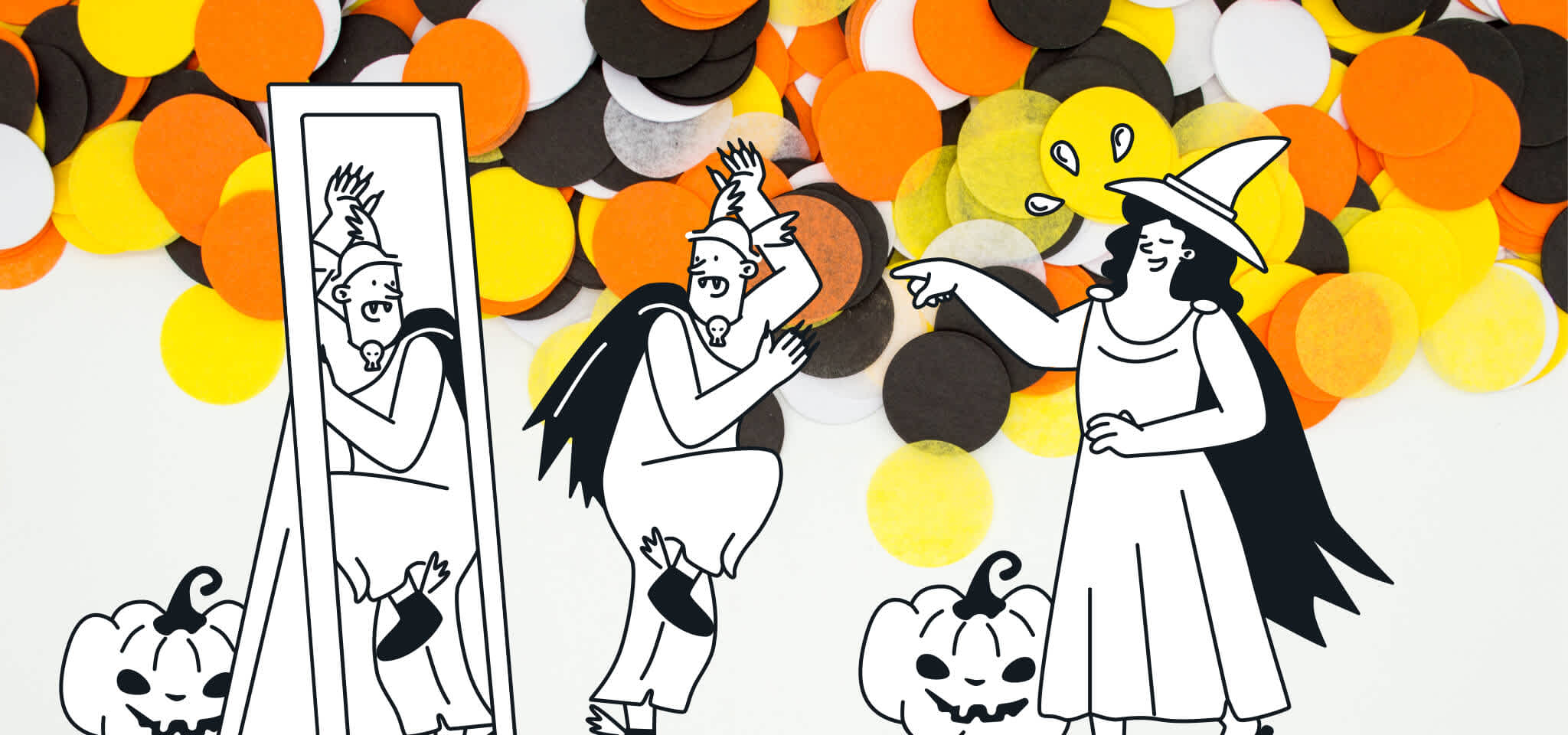Email best practices
12 newsletter tips for creating email marketing campaigns
How can you make your subscribers drop everything to read your email newsletters? We share out top 12 tips from experts to engage readers and boost results.
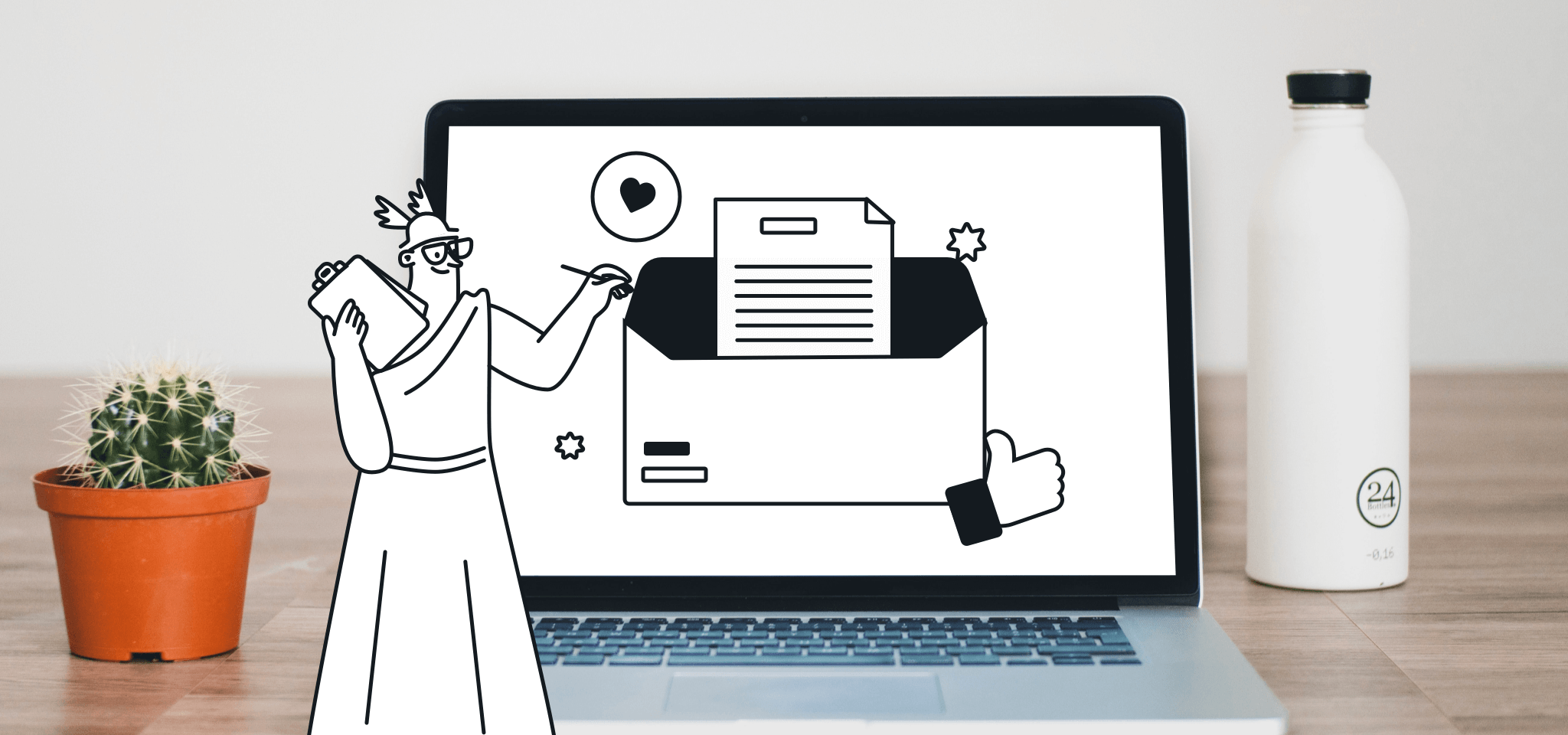
PUBLISHED ON
“Let’s just create an email newsletter!”
If marketers had a dime for every time that suggestion came down from the board, we’d be rich. While email newsletters can be great tools for engagement, creating a truly outstanding email newsletter means doing more than simply sending a few lines of text out every week or so. In this post, we’ll show you how to rock a newsletter and keep your audience engaged.
But before you get rocking with these tips, get yourself familiar with the fundamentals in our step-by-step guide on how to create an email newsletter. Once you’re ready, let’s jump right in!
Table of contents
1. Understand your newsletter audience
2. Stay on topic and don’t ramble
3. Nail your subject lines
4. Include third-party content for more engaging newsletters
5. Include user-generated content
6. Connect to trending topics or events
7. Use social media as a teaser
8. Deliver exclusive and unique content
9. Test subject lines with A/B testing
10. Send target content with segmentation
11. Get creative with your call to action
12. Use pre-built templates
What makes email newsletters so great?
Newsletters are a foundational way to stay relevant with your audience. Sending regular emails keeps your subscribers thinking about your business and how your products and services can help them. They’re personal, targeted, and consistent.
Good email marketing newsletters can guarantee constant website traffic, signups to webinars, other event registrations, and product sales. However, newsletters are only effective if they are well designed and perfectly executed – which is easier said than done.
Some marketers think creating engaging newsletters is all about packing them with tons of content, but we’ve all seen examples of ones that try to do too much. When product updates are sandwiched between blog posts and random promotional offers, your newsletter loses its focus.
Audiences need to get what your newsletter is about as soon as they read the subject line. Once they open it, they also need tounderstand quickly what they should focus on and which calls-to-actions (CTAs) to take. Otherwise, you won’t see good open and engagement rates. If this is the case for your newsletter, you may want to step back and take a look at why it isn’t engaging to your readers.
The essential elements of a good newsletter
Think about a recent email newsletter you read all the way through. What made you read it?
Email marketing is ultimately about revenue – more subscribers should lead to an increase. But to sustain that, you need to make sure your email newsletters are built around three essential qualities:
Relevant: It relates directly to the reader’s industry, interests, and topics they care about.
Interesting: It entertains, educates, or delights the reader.
Valuable: It teaches the reader or provides them with something they find useful.
Without these characteristics, your newsletter won’t be able to draw a consistent and engaged readership. In this blog post, we’ll share 12 best practices for creating newsletters that focus on these elements.
Of course, before you do anything else, you’ll first need to define your newsletter strategy. This includes setting your objectives, identifying your target audience, and deciding on the visual style of your newsletter. We won’t be getting into these basic steps in this post, but you can check out Sinch Mailjet’s newsletter creation guide for a step-by-step tutorial.
12 newsletter best practices to punch up your emails
And now, here are ten email newsletter best practices you can start working on today. Pick one to implement in your next newsletter, and go from there.
1. Understand your newsletter audience
The focus of your newsletter is crucial to its level of engagement. But figuring out what type you should create and what content should go in it is also the hardest part. Look here for several great newsletter content ideas for ecommerce, tech, blogs, food, and drink.
It’s important to know who your readers are so you know who you’re writing for. Try and get a good idea of what your audiences are interested in, what industries they work in, and what topics they care about so you can write content that’s relevant to them.
One way to figure out what to focus on in your newsletter is to test different versions of them. An easier way to find out? Ask! Conduct a survey to ask your existing subscribers what they would like to see in your newsletters.
As mentioned earlier, most newsletters try to do too many things at once. Does it make sense to have your product updates in the same newsletter as your top tweets of the week? Once you decide on your focus, stick to it so your readers know what to expect every time.
2. Stay on topic and don’t ramble
We’re all busy people and we find ourselves spending less and less time going through our inboxes.
Because your audience will spend less time reading an email than a blog post or a white paper, they need to understand the point of your newsletter as soon as they open it – keep the content simple and straightforward.
The simplicity of engaging newsletters is key to their readability. But you can also grab your readers’ attention by making the writing brief and punchy. The Hustle is a great example of a newsletter that’s all about presenting interesting trending topics in a casual, catchy, and digestible way.

Trailer parks never looked as cool as in this newsletter from The Hustle.
Your readers might not know exactly what to expect when they subscribe to your newsletter, so set up the expectation for them on your signup page or in the welcome email.
This short blurb from Convince & Convert gives possible subscribers a taste of what to expect. It includes a good balance of specific examples and teasers.
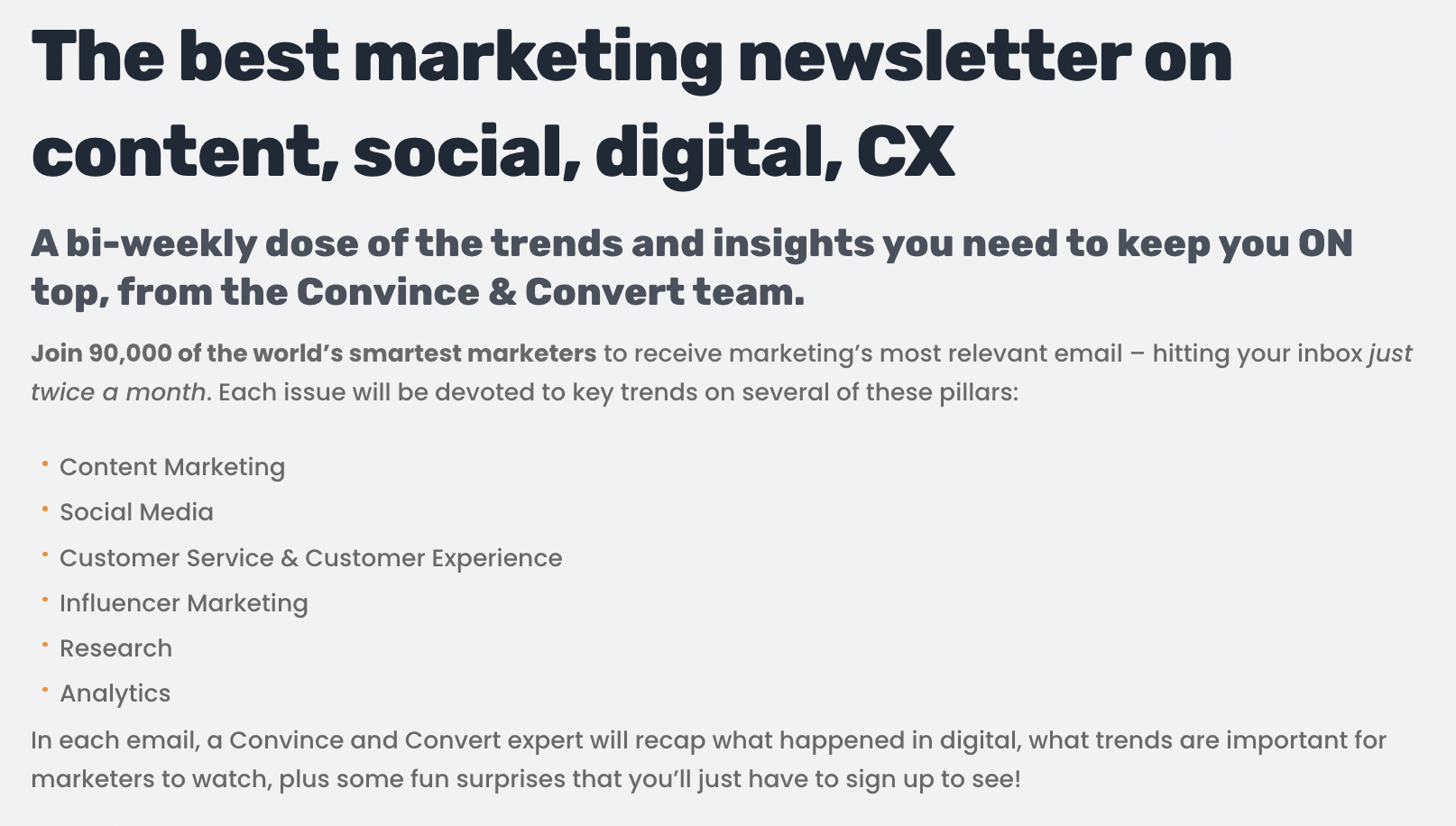
Convince & Convert puts their advice into practice with this convincing newsletter page.
3. Nail your subject lines
As the iconic British copywriter and advertising tycoon David Ogilvy once said…
“On average, 5x as many people read the headline as read the body copy. When you have written your headline, you have spent eighty cents out of your dollar.”
While he may have referred to advertising copy, the same holds true for email marketing. When subscribers are scrolling through their inbox display they see a subject line, a pre-header, and the email’s sender. That’s all the information they have when deciding whether to open your newsletter (or not).
So, if you want your 80 cents worth, it’s critical your subject lines pulls subscribers in. Now, there are few best practices to stick to when writing subject lines – principally, you’ll want to tap into people’s emotions. Here are a few ways you can do so:
Curiosity: Try giving your subscribers an itch that can only be scratched by opening your newsletter.
FOMO (fear of missing out): Make subscribers feel as if they’re missing out on something if they don’t engage with your newsletter.
Pain points: Touch on feelings, topics, and issues relevant and important to your audience.
Emojis: Draw attention to your email in a crowded inbox and visually align with your brand’s tone.
Wordplay: Use a catchy pun to get a reaction.
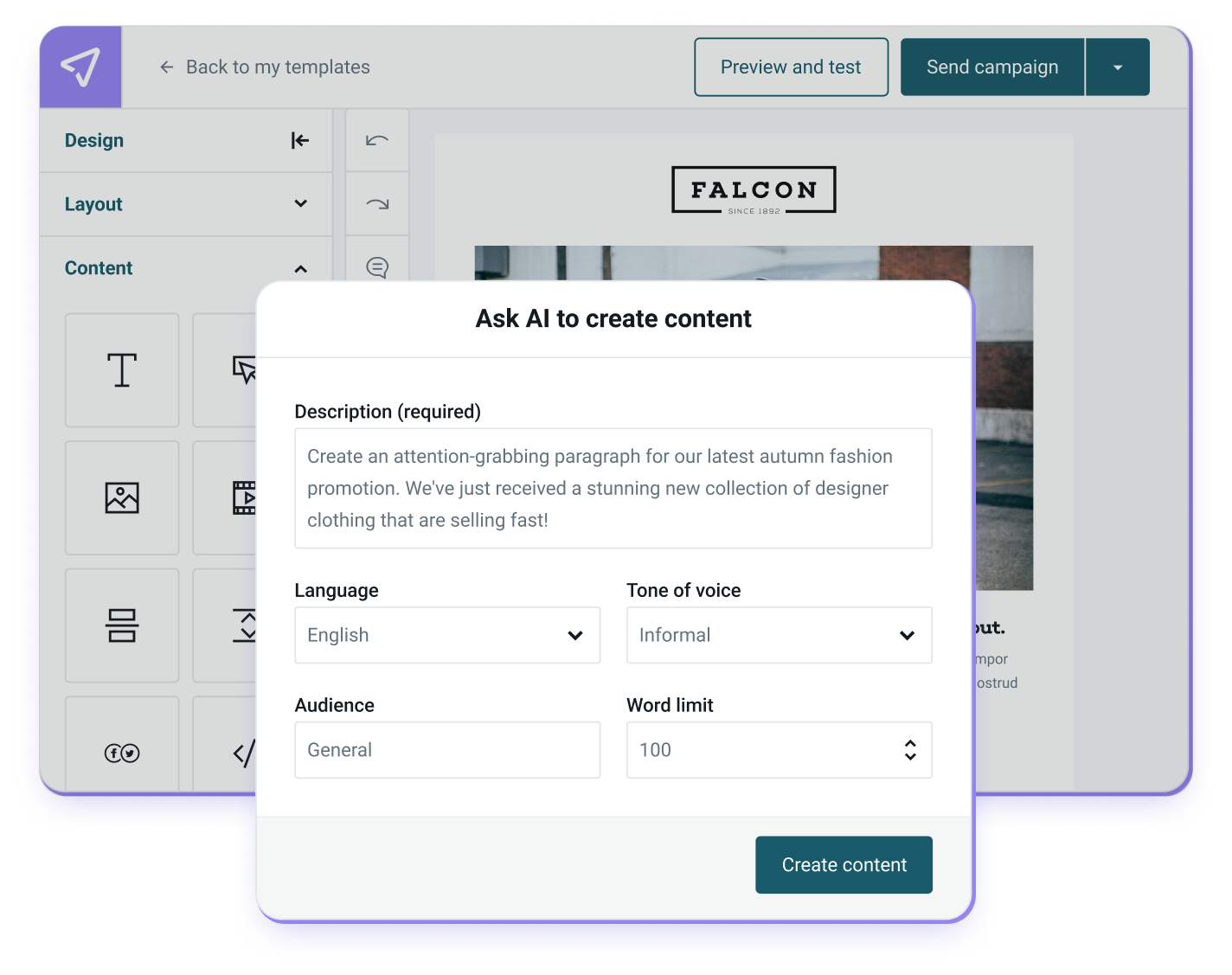
If you’re stuck coming up with engaging subject line copy, try Sinch Mailjet’s AI Subject Line Generator. It generates base ideas in a matter of seconds from which you can then tweak and adjust to fit your campaign.
4. Include third-party content for more engaging newsletters
Your newsletter doesn’t always have to be about your company. Incorporating content from thought leaders or influencers in your industry is a great way to align your brand with experts.
Pro tip: Try including quotes, tweets, or links to content from your partners or favorite brands to create engaging newsletters.
Collaborating with others is also an effective way to grow your newsletter subscriber list.
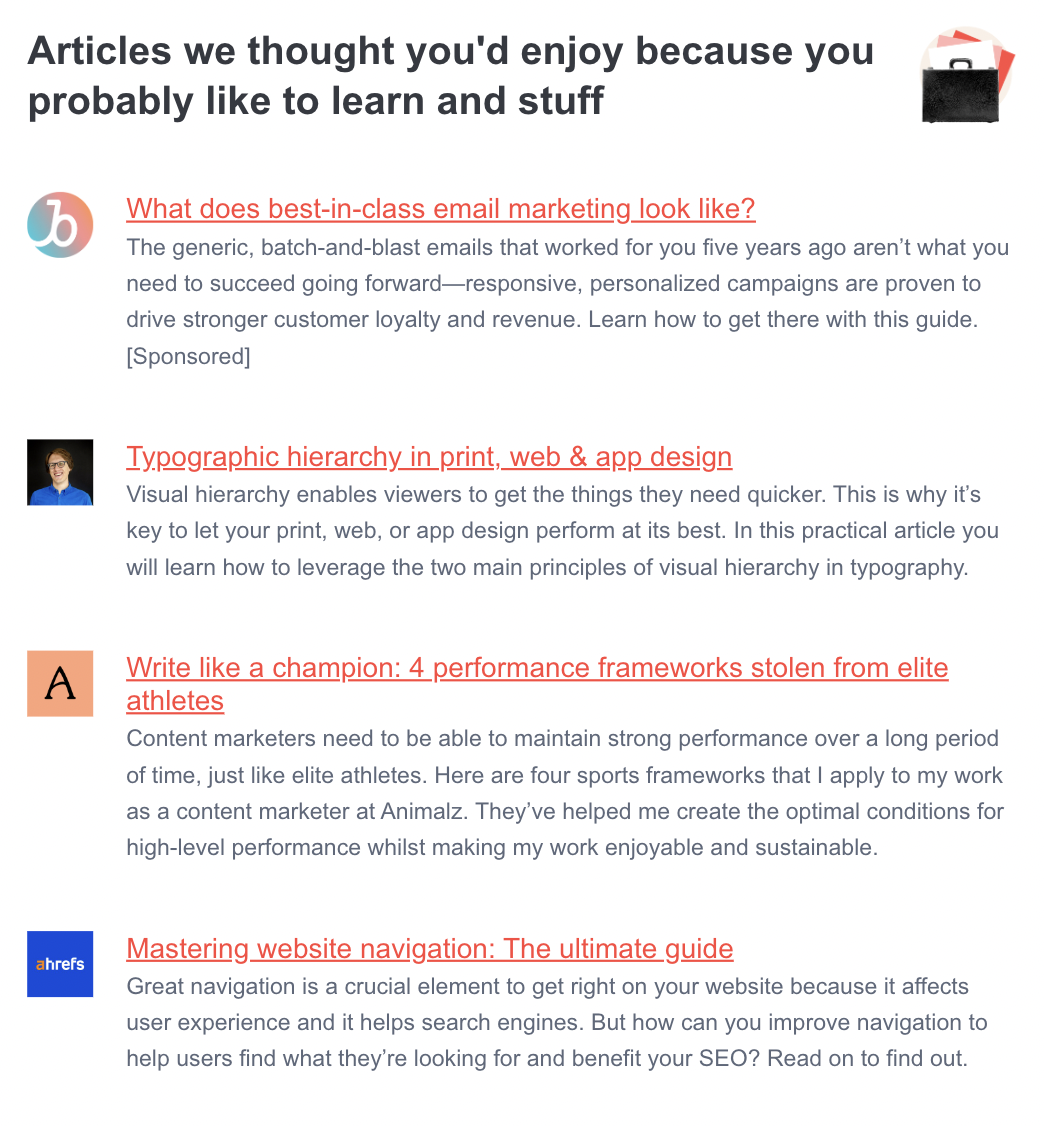
Really Good Emails curates a list of industry content as a value-add to subscribers.
The newsletter from Really Good Emails is, well, really good. It includes a list of content from around the industry that email professionals will find inspiring, helpful, or humorous.
5. Include user-generated content
Another way to make your newsletter more engaging is to switch the focus from your company to your users, audience, and employees. Think about incorporating content from your community, such as comments, highlights of interesting examples of product use, or answers to questions that are frequently asked on social media.

Adweek staffers regularly contribute to their email newsletter.
Adweek’s newsletter often includes quotes and commentary from their staff and community about trending topics. It’s a great way to add some humanity to your newsletter and to involve the rest of your team.
6. Connect to trending topics or events
Depending on the nature of your newsletter, you may want to connect your content to popular topics or events. Marketers often want to be in the know about the latest trends, so providing your own commentary around themcan be an effective way to include your brand into the conversation.
Alternatively, you might want to look for opportunities to plug your product or service around a popular event. Check out this example from Turo:

The car hire rental alternative targeted Americans travelling to the 2024 Paris Summer Olympics with their newsletter. Identifying that many would likely need a set of wheels to get around while they’re there, Turo were able to connect the event to their service in a way that made sense. Trying to piggyback off trending news or events can come off as crass if done poorly (i.e., when it makes little sense for your brand to get involved in the discussion). So, keep that in mind!
7. Use social media as a teaser
Social media is an amazingly effective channel to get people excited. Have some big news or exclusive content to share in your upcoming, engaging newsletter? Reveal a little snippet on social media to build some buzz around it.

We’re intrigued by Mention’s use of social media to promote their newsletter.
Take advantage of the different formats that are available for you to use. For example, you may want to use Twitter and Facebook for photos and GIFs, and Instagram Stories to include some live action. Talk about what your readers can expect in the upcoming newsletter and why they should sign up. Don’t forget to include the CTA!
8. Deliver exclusive and unique content
Does your current newsletter just regurgitate everything that your company is doing on your blog, social media or website? Your newsletter should provide your audience with something they can’t get from your other channels.
This email from Self-Cut System gets right to the point – you can learn to cut your own hair in 30 days. But it doesn’t stop there. It includes some practical tips and resources, and then presents the option of their masterclass. For readers trying to learn how to cut their own hair, this email feels relevant and personal and serves as both a guide and confidence-builder.

Self-Cut System neatly lays out options for subscribers to discover more.
9. Test subject lines with A/B testing
It’s quite common for email marketers to write a few subject lines and pick the one they think is best, only to find out a different one gets a better open rate.
But they only know if they test it.
Pro Tip: Use a subject line and a pre-header, and broaden your A/B testing options.
Without testing, no one really knows for sure which subject line will work best. So, unless your email is super urgent and has just a couple days of shelf life, it’s a smart idea to pick your two favorite ones and send them both out to a sample of your email list. Whichever one earns the higher open rate can then be sent to the remaining subscribers.
The benefits of this are twofold. First, that particular email will get more opens. Second, each time you perform an A/B test, you learn a little bit more about what your subscribers respond to.
10. Send target content with segmentation
Few businesses can accurately claim that all their customers share the same interests or life situations.
Families have different needs than singles. Young people have different preferences than older people. People from different careers see the world differently. How all this shakes out will be a little different for each business, but you need to try to segment your email list into categories that allow you to send more targeted and relevant content.
Doing this will boost your metrics and result in higher open rates, more engagement, prolonged interest, and greater customer loyalty. Fewer readers will unsubscribe or file spam complaints.
Here’s an example from Musicbed, a very short email promoting content on their blog. It promises ways to increase efficiency for filmmakers.
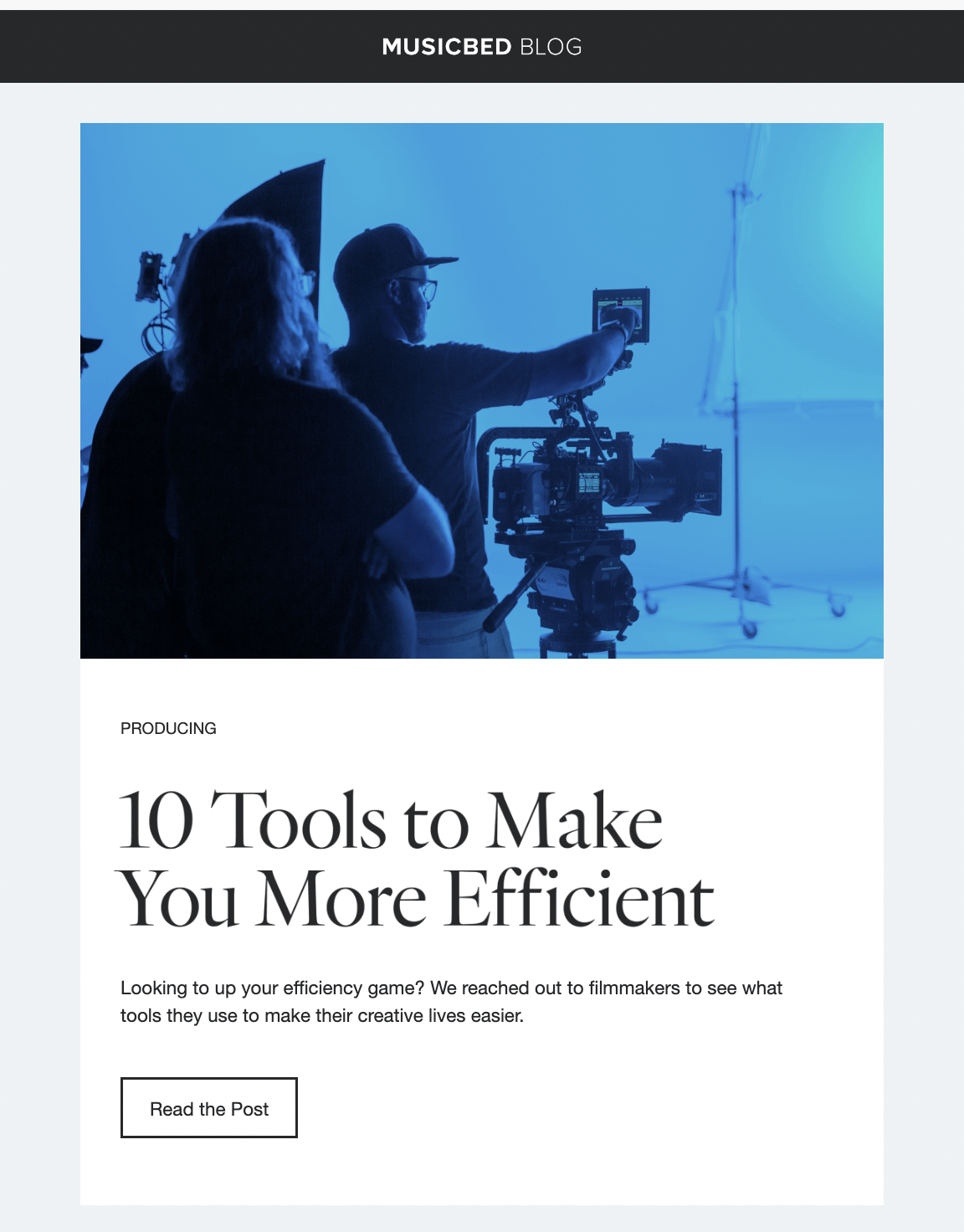
A fluff-free call to action compels you to click.
Musicbed serves advertisers, filmmakers, and musicians hoping to promote their music. This email would be most effective if sent to the segment of their subscribers who make films. It would not connect as well with musicians and advertisers. And with the subject line “10 Tools for Filmmakers,” they are directly calling out that audience segment.
11. Get creative with your call to action
Too many emails still use standard calls to action like “sign up,” “buy now,” and “learn more.” Just because Facebook only lets you pick from five options doesn’t mean you have to stick to those with email.
This is the time to show some personality, get your subscribers excited and engaged with your message, and make it relevant to the email. There are a number of ways to be more creative with your call-to-action text. Here are a few:
Personalize it – “Sign me up” and “Reserve my spot” work better than more generic versions.
Be fun – Go against the grain with language that fits the tone of your brand.
Inject enthusiasm – “I’m in!,” “Send my reward!,” and CTAs like this often fit right in with the excitement you’ve been working to build with the rest of your copy.
Be specific – tie your CTA directly to the content or offer.

A strong CTA makes you want to learn more about your family history.
For example this email from the Genealogy Bank could have just used a generic CTA like “Try it out” or “Learn more.” But instead, they used a much more specific and enthusiastic CTA: “Discover family facts and stories now.”
The specificity reinforces for the reader what they can expect and increases the excitement and curiosity to click.
Pro Tip: The only caveat to creative CTAs is make sure you aren’t sacrificing clarity for novelty.
Subscribers need to know what will happen when they click on a CTA, so don’t go so far off the rails that you cause confusion.
If you’re including multiple CTA links in the email – which you should be unless your email is extremely short – you can reduce the risk of confusion by making some of your links plain text. Then, save the most creative and fun one for the end.
For example, this email from Shinola Detroit is promoting a new watch. Their CTA is hilarious – “Take a bite” – having fun with the gummy worm comparison. But then, later on (not shown in screenshot) they use a more conventional CTA to “Shop the collection.

Talk about eye candy.
12. Use pre-built templates
Not only do newsletter templates save you a ton of time during the creation process, but they also provide a sense of familiarity to subscribers. This is actually pretty important when it comes to creating a newsletter, as readers expect consistency after signing up. Not just at a content level, but in newsletter design, too.
Most email service providers (ESPs) give you a handful of templates you can customize to get your email marketing campaign off the ground.

Sinch Mailjet’s Email Editor has a wide selection of newsletter templates from you to choose from, all with the option to import your brand’s style guide and visual identity.
Use Sinch Mailjet to optimize your newsletters
So there you have it – 12 tips to boost your email newsletter strategy at your fingertips.
Create a checklist for the ones you want to start using in your own email marketing, and get to work on your next newsletter. Try implementing one strategy at a time and, if you’re sending out weekly newsletters, you’ll be using all ten tips within about two months!
Looking for help implementing these newsletter best practices? You may want to consider switching email service providers. With Mailjet, you can create responsive and beautifully-designed emails without touching a line of code. We offer a drag-and-drop email editor and an array of email newsletter templates that will look good on mobile devices. Then, use segmentation, A/B testing, and personalization to take your newsletter to the next level.
***
This post is an updated version of the post “7 tips for creating more engaging newsletters”, written by Sandra Chung, Head of Content at Mention.





